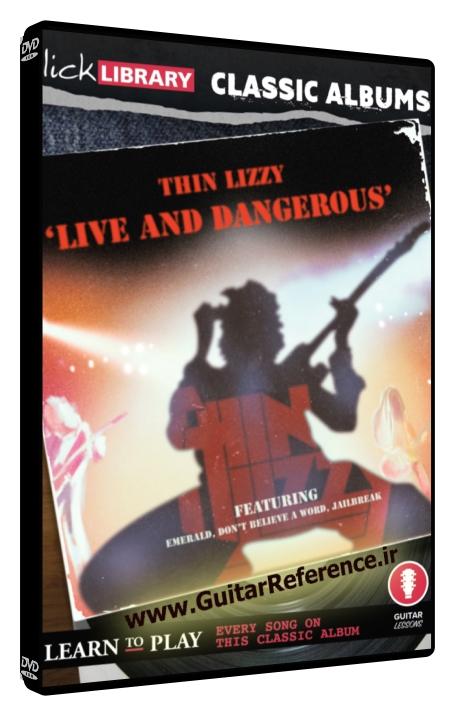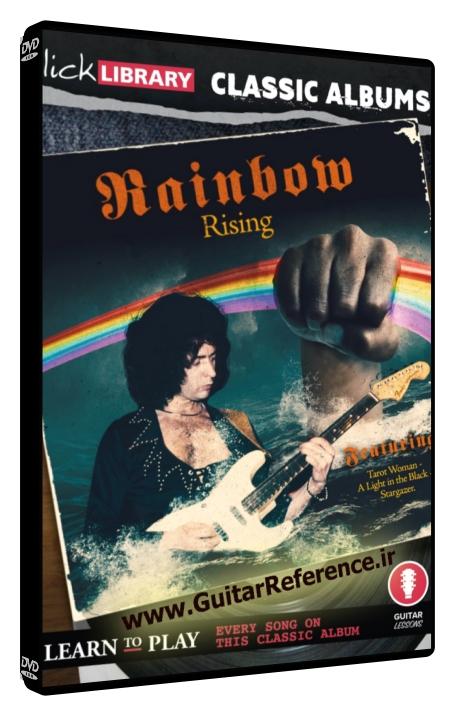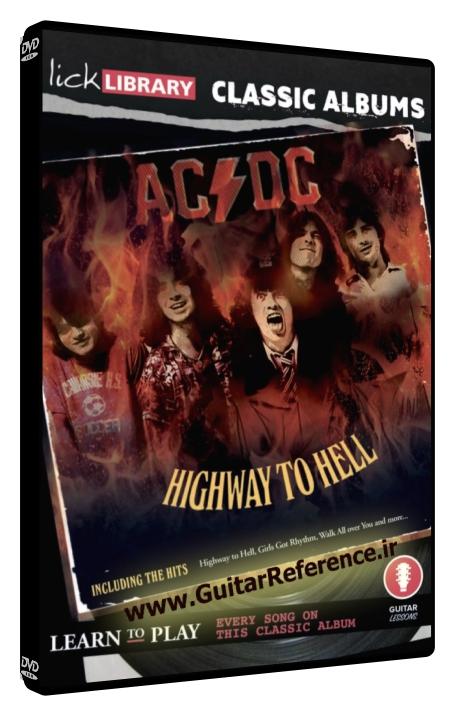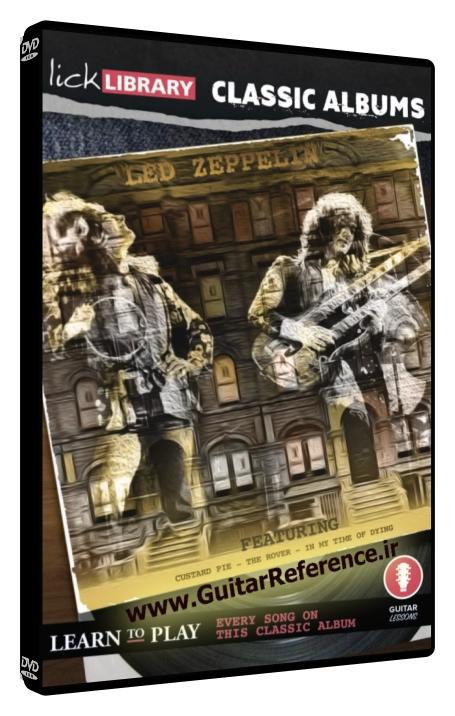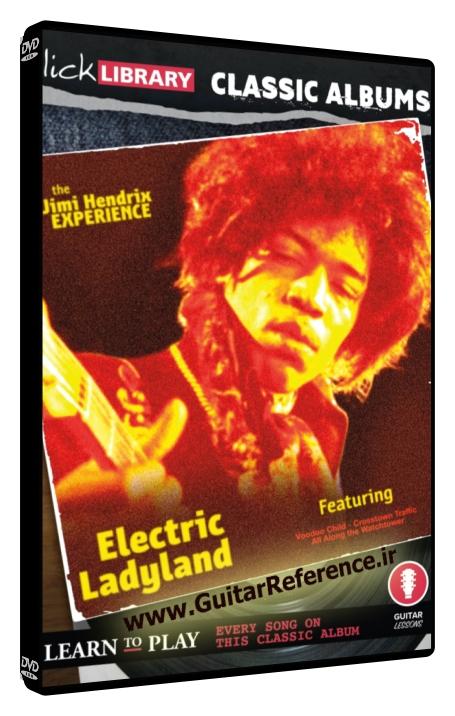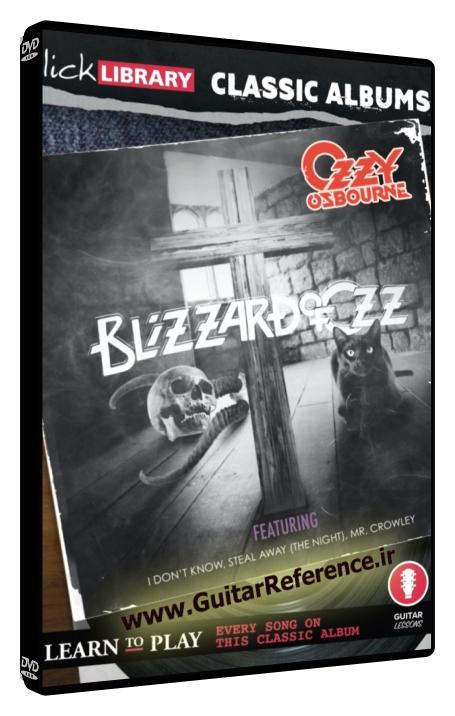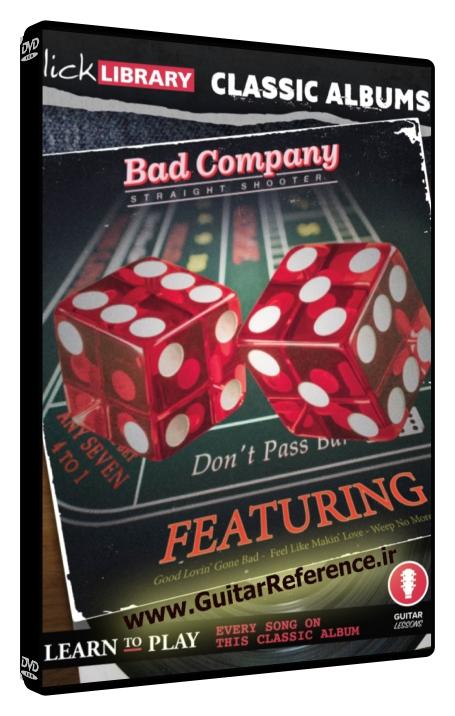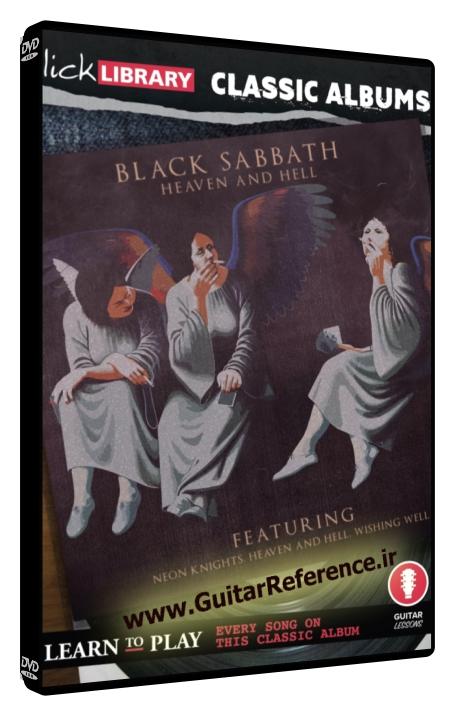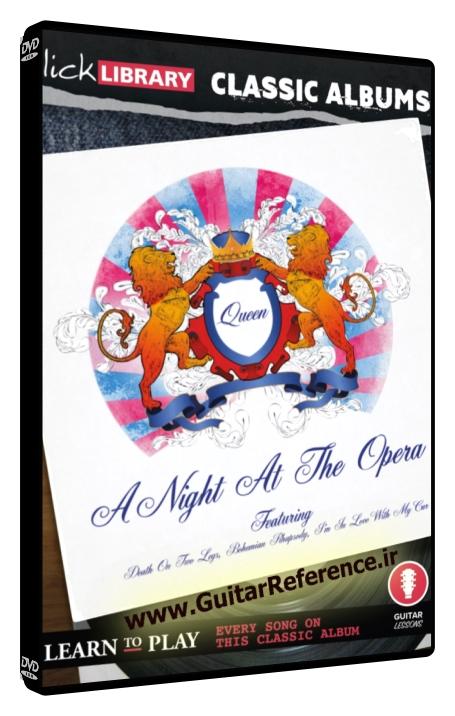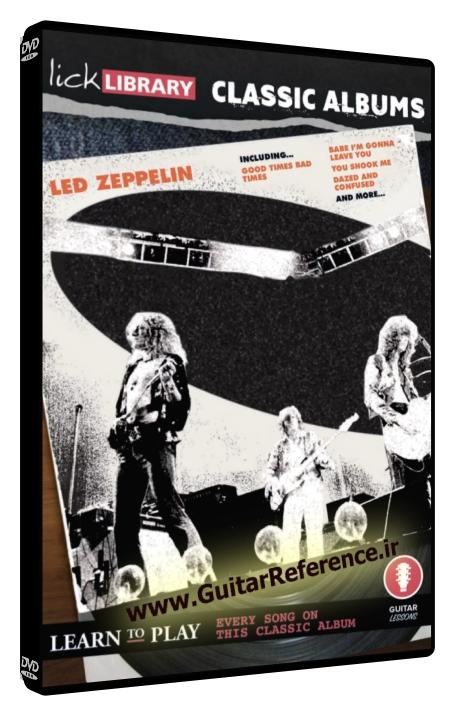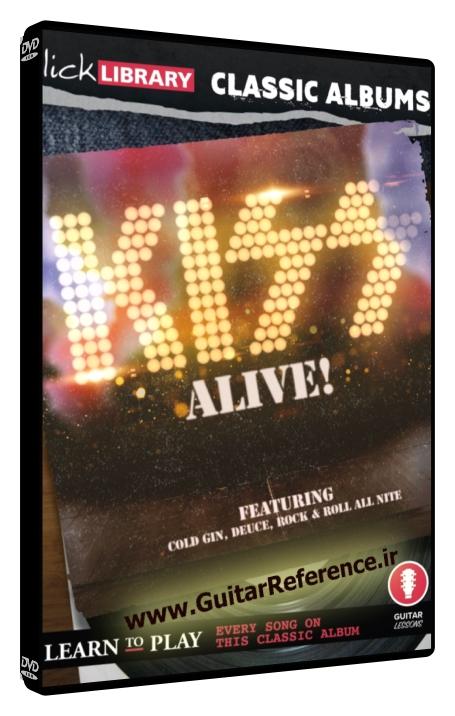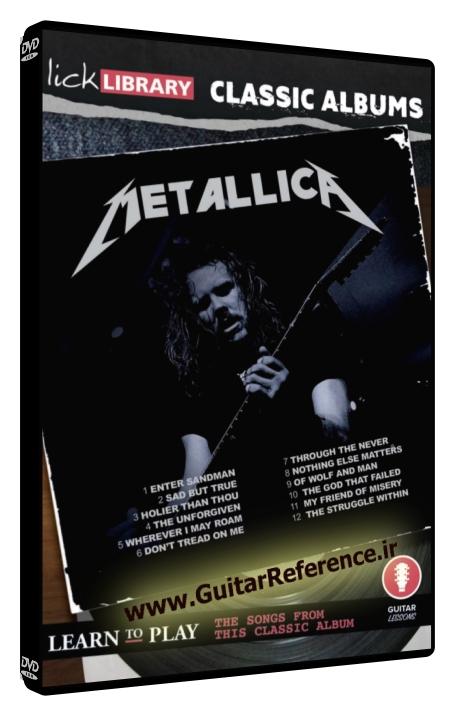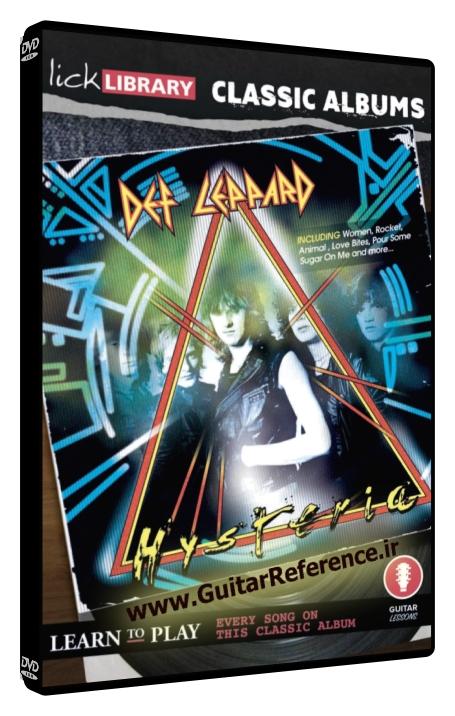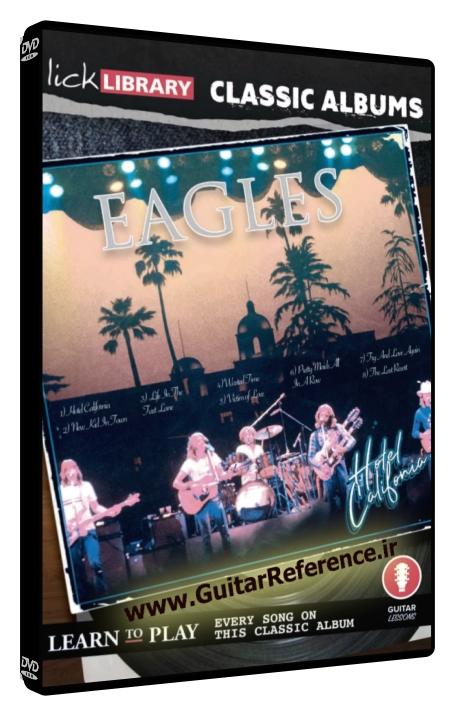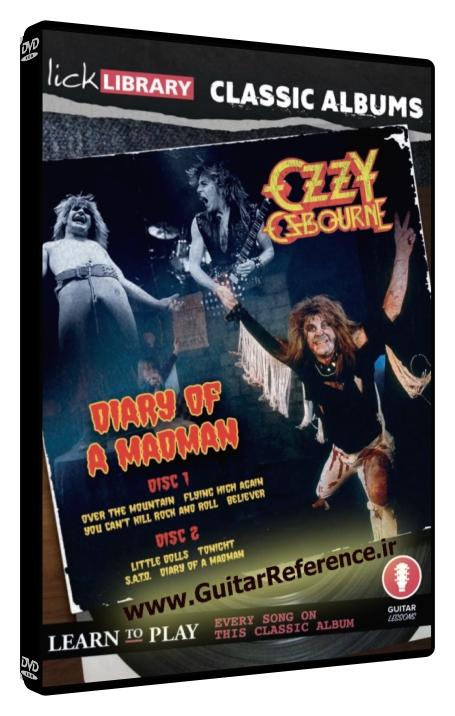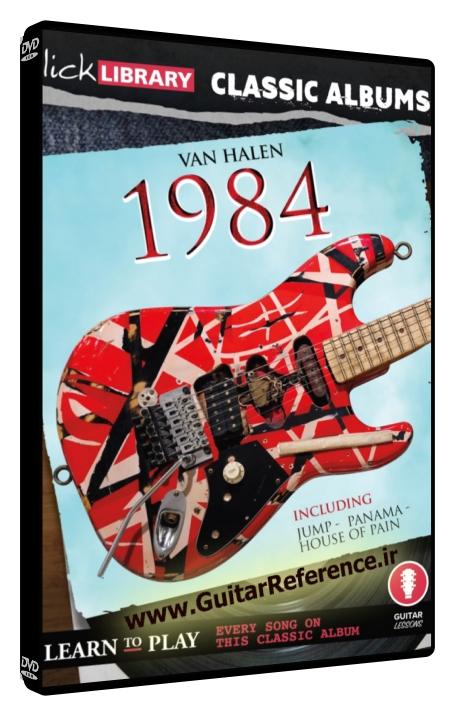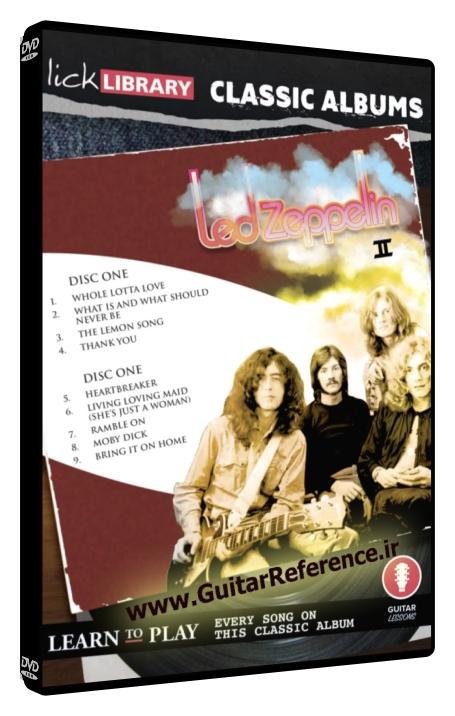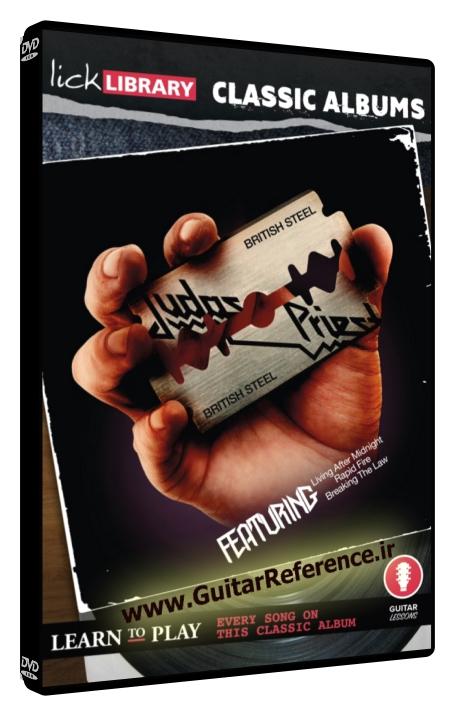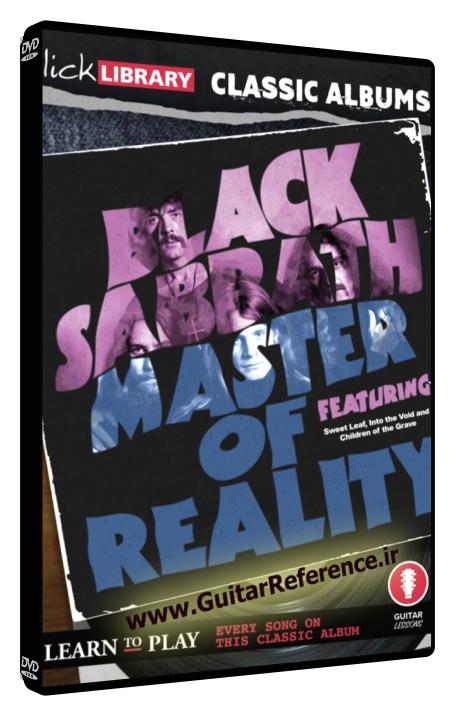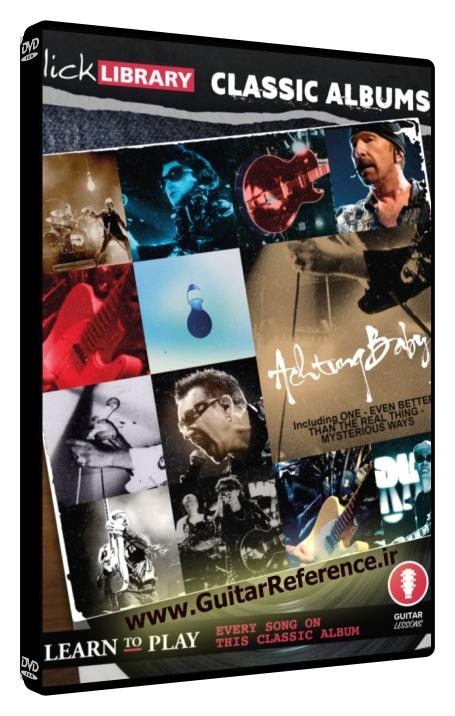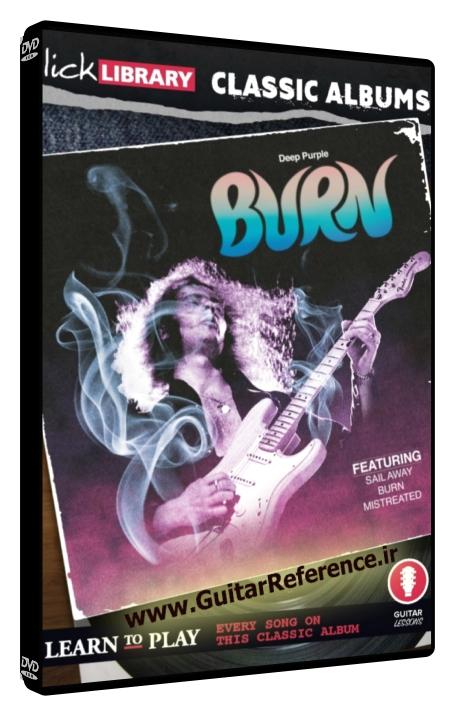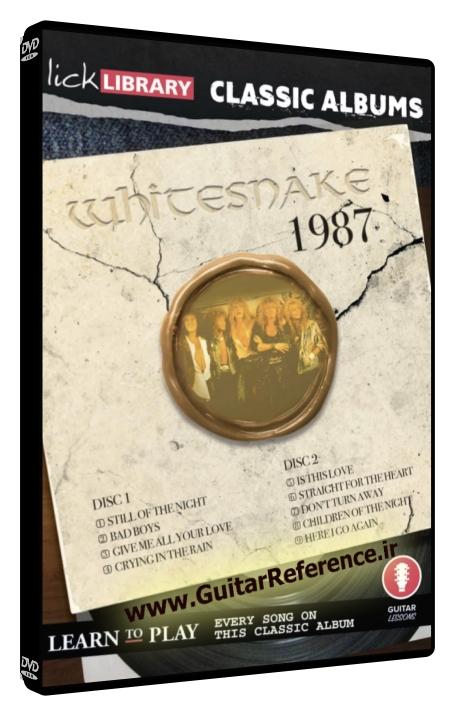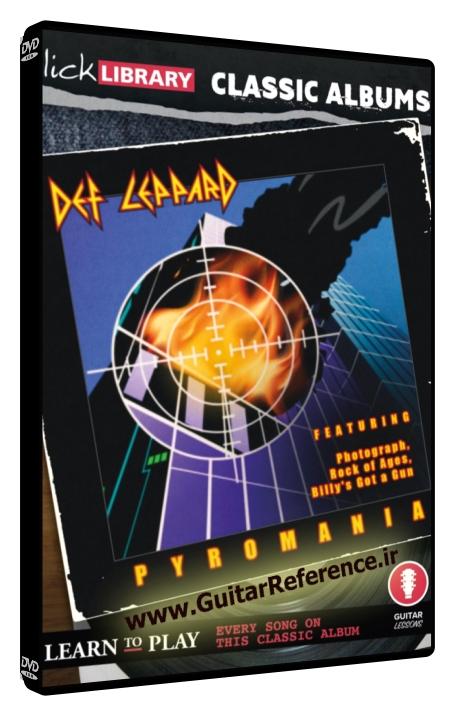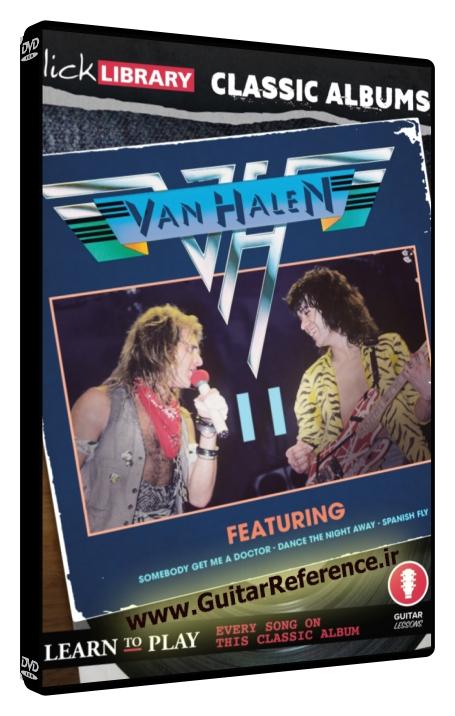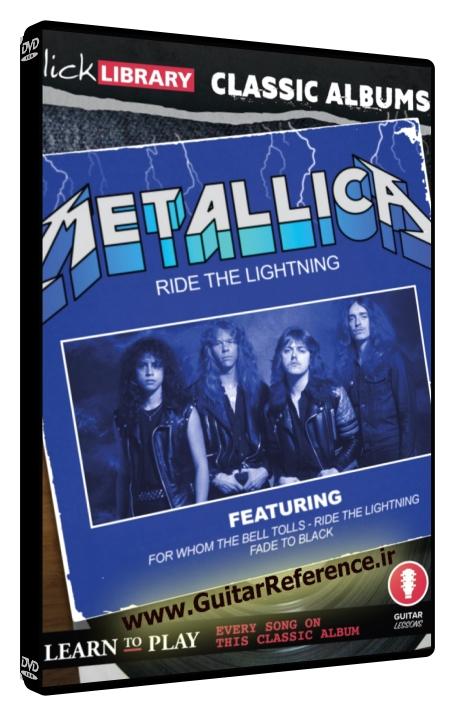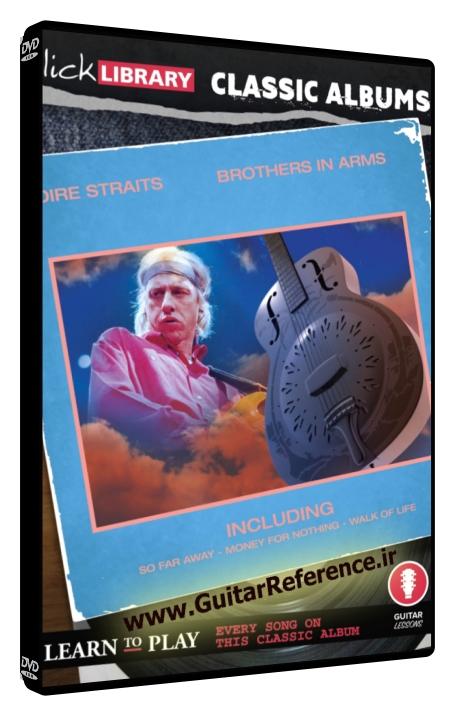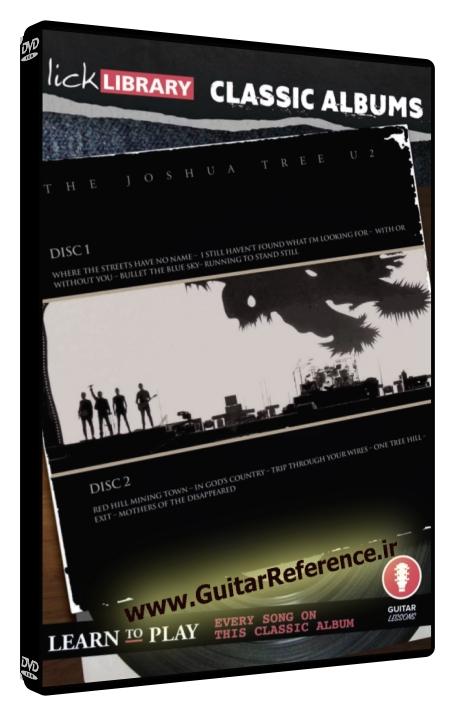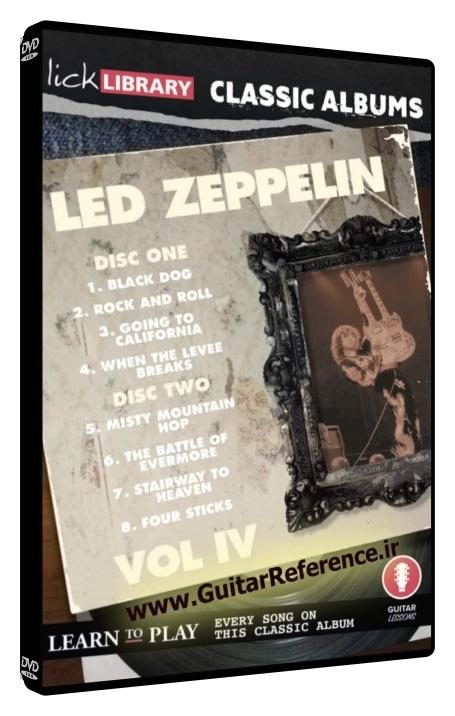Classic Albums – Live and Dangerous (Thin Lizzy)
by Danny Gill
Product Size: 6.78 GB (WEBRIP)
37.99 $ 3.99 $
Description
Live and Dangerous: A Detailed Analysis
Thin Lizzy’s thundering 1978 double live album, Live and Dangerous is still regarded as one of the greatest live rock recordings of all time and a snapshot of Thin Lizzy at their musical peak. Capturing the raw ferocity, energy and power which earned the band their iconic status, Live and Dangerous is steeped in duelling solos, harmony guitar melodies to die for and some of the best driving rock riffs ever written. In this Classic Album guitar course, expert tutor and true Thin Lizzy fan, Danny Gill teaches the guitar parts from this legendary recording. Experience the highs of The Rocker, through to the sombre tones of Still In Love With You and get closer to a true piece of hard rock history! Essential learning for every rock guitarist.
Guitar Lesson 1: Jailbreak
This opening track begins with a strong, instantly recognisable riff, played in a mix of power chords and palm muting techniques. The song’s guitar solo is a splendid mix of E minor pentatonic and blues scale. Notably, it features quick double-stop bends and trills, a distinct character of Robertson’s playing.
Guitar Lesson 2: Emerald
A song that prominently features Thin Lizzy’s twin-guitar harmonies, “Emerald” uses a mix of alternate picking and string bending to achieve a rich, soaring sound. The use of the Dorian mode sets a darker, more atmospheric mood.
Guitar Lesson 3: Southbound
A highlight for any guitarist, “Southbound” delivers an interesting mix of melodic lines and rhythmic chords. Played primarily in A Major scale, the song also includes a spectacular arpeggio-based solo, featuring tasteful use of hammer-ons and pull-offs.
Guitar Lesson 4: Rosalie / Cowgirl’s Song
A medley of two songs, this track showcases an impressive variety of techniques, from galloping rhythms to double-stops. The extended solo section, filled with pinched harmonics and syncopated rhythms, is a joy to listen to and learn from.
Guitar Lesson 5: Dancing in the Moonlight
This standout track is a masterclass in using scales and modes effectively. Utilizing the D Major scale and Mixolydian mode, the twin guitars shine with their use of chord progressions and harmonics.
Guitar Lesson 6: Massacre
In “Massacre”, the twin guitar harmony and the rhythm section combine for a punchy effect. The intricate guitar work includes elements of alternate picking and fast-paced legato runs in the A minor scale.
Guitar Lesson 7: Still in Love with You
This beautiful ballad showcases the band’s softer side. The focus is on arpeggiated chord progressions and the emotive use of the B minor scale. The solo features masterful string bending and vibrato techniques.
Guitar Lesson 8: Johnny the Fox Meets Jimmy the Weed
A fun and funky track, the band mixes pentatonic riffs with chromaticism for an interesting, unique sound. Techniques such as slides and double-stops are used liberally throughout the song.
The rest of the album continues to showcase a wide variety of guitar techniques, with standout moments including the use of harmonics in “Suicide”, the intricate finger-picking in “Sha-la-la”, and the powerful riffing of “The Rocker”
Lead Guitarists Brian Robertson and Scott Gorham
The lead guitarist, Brian Robertson, provides an array of guitar techniques throughout this album, pushing the boundaries of rock guitar with his innovative use of scales, chords, and lead lines. His playing is both technically impressive and emotionally resonant, demonstrating a deep understanding of how to use the guitar to convey the emotion of the music.
Scott Gorham, the other half of Thin Lizzy’s iconic dual-guitar lineup, is an integral part of the unique sound of “Live and Dangerous”. His contribution to the album cannot be overstated. His signature blend of precision, melody, and controlled aggression complements Robertson’s style perfectly. Gorham’s strong rhythmic grounding and melodic sensibilities, showcased in tracks like “Southbound” and “Dancing in the Moonlight”, create a lush backdrop over which Lynott’s bass and vocals and Robertson’s lead guitar could shine. His adept use of harmonics and chromaticism lends richness and depth to Thin Lizzy’s songs. His ability to play seamlessly with Robertson results in the band’s distinctive harmonized guitar sound, creating some of rock’s most memorable guitar moments in tracks like “Emerald” and “Massacre”. “Live and Dangerous” would not be the revered classic it is without Gorham’s contribution.
List of Guitar Techniques Used in this Album
Vibrato / Alternate Picking / Legato / Double-Stop Bends / Unison Bends / Pinched Harmonics / Trills / Chord Progressions / Arpeggios / Harmonics / Pull-Offs / Power Chords / Palm Muting / Hammer-Ons / Double-Stops / Slides / String Bending / Syncopated Rhythms / Bluesy Bends / Galloping Rhythms / Arpeggiated Chord Progressions / Chromaticism
NB: PERFORMANCE FOOTAGE NOT INCLUDED WITH THIS COURSE
